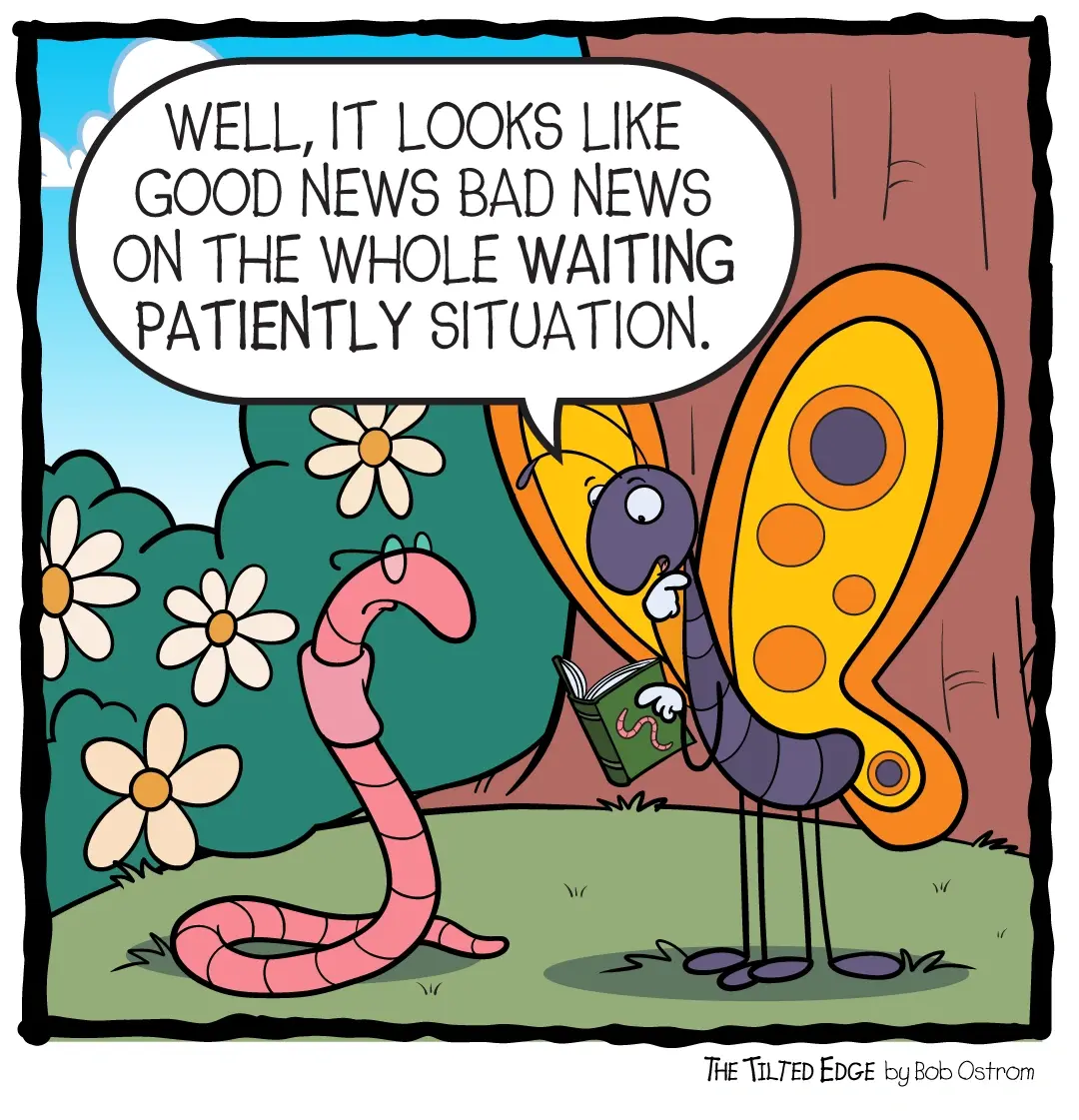

Urgent patience. Have you heard the term?
I discovered it recently while listening to an interview with an inspiring change leader – someone tackling one of the big challenges our society faces these days.
When he used this phrase – first coined by change management guru John Kotter – I sat up a little straighter. It perfectly described a tension that many of my coaching clients navigate when faced with the pressing need for change. They must demonstrate an unwavering commitment to growth, while at the same time recognizing that change takes time. Striking the right balance is not always easy.
I recently had a terrific conversation unpacking this dilemma with a client from the healthcare industry. Emerging from the live-in-the-moment, crisis-driven world of healthcare at the height of the pandemic, she was finding it hard to refocus her team on long-term strategic goals. In addition to not seeing the immediate relevance or pay-off of pursuing these goals, her team was also burned out. As a result, they showed little appetite for the focus and drive needed to bring about change.
In the face of what looked like indifference, my client sometimes became inflexible and hard-driving. Alternately, when she recognized her team members’ fatigue, she would let her foot off the gas pedal and change would stall. Or, in an effort to spare team members additional stress, she would take all the work involved in change off of their plates and put it on her own. Stuck in this unproductive cycle, this leader began to experience burnout herself.
Eventually, we came to a realization: demonstrating urgency and patience didn’t need to be an either/or proposition. We began to ask, “What if you could show daily urgency in the need for change AND be patient with the people you need to get on board with that change?” What if you could deeply commit to a change plan AND be open to adjusting the plan when needed?
Enter the Tilt Framework
What does it look like to demonstrate “urgent patience” on a daily basis? This is where the Tilt Framework – with its emphasis on balance and agility – helped. First, the framework allowed my client to recognize herself in action, to see when she was appropriately leaning into her Structure preference for data-driven results or when she might be losing sight of the need to adapt her plans to take into account the human side of change. Framing our conversation in the context of the Tilt framework moved us away from fear and blame and into an open, generative space that emphasized her capacity for growth as a leader.
We then used the framework to create reflection questions that she could use in-the-moment to guide her actions. The questions looked something like this:

With these questions, this leader was able to more effectively balance a determination to move forward with a realistic understanding of the time required to bring about lasting, systemic change. This helped reduce her frustration, increase the team’s engagement, and generate new momentum for change.
Since then, I’ve incorporated the Tilt framework and these reflection questions into coaching, training, and team-building sessions with a change focus. They never fail to generate valuable insights and clear steps forward.
As we tackle increasingly complex challenges in our workplaces and our world, the need for “urgent patience” grows and the Tilt principles of balance and agility become ever more vital. In this context, it’s incredibly satisfying to see how the Tilt framework—and my understanding of it—deepens with time.
 About the Author:
About the Author:
Theresa Humphrys is a certified coach, educator, and facilitator with a depth of experience as a change leader in healthcare, the public and private sectors. Her company is Bold Oak Coaching and Consulting.


